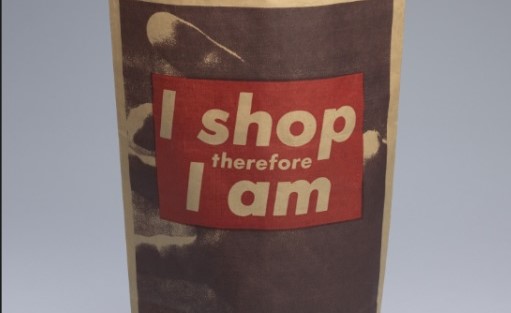American conceptual artist Barbara Kruger is celebrated for her artwork and graphic design creations. Found photos, strong lettering, and a unique design style are frequently combined in Kruger’s artwork to examine themes of gender, consumerism, power, and identity.
When Kruger rose to prominence in the 1980s, she was associated with both the Pictures Generation—a group of painters who specialised in fusing pop culture imagery into their paintings—and the feminist art movement. She typically overlays text on black and white images using the Futura Bold Oblique typeface in white and red. Among her most well-known works is the sculpture titled “Your body is a battleground,” which is placed over an image of a woman’s face divided into positive and negative images. This artwork was inspired by the debate over abortion rights that raged in the late 1980s.
Politically charged works of art are frequently created by Barbara Kruger, who utilises her medium to question and condemn social mores and established hierarchies. Her distinctive style has been often copied and exploited in popular culture, including advertising and fashion. Thus, her influence goes beyond galleries and museums. Kruger has participated in several solo and group exhibitions over her career, and her work has significantly influenced modern art. She is still a prominent personality in art, engaging with social and political issues through her artistic platform.
Major Works of Barbara Kruger
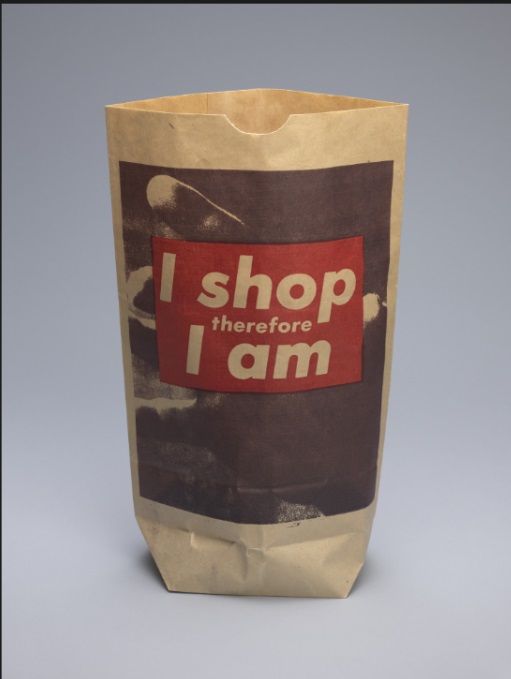
Barbara Kruger is famous for several essential pieces that have influenced art. “Your Body is a Battleground,” an untitled painting she made in 1989, is one of her prominent works. In this piece, Kruger overlays the strong statement “Your body is a war” over a beautiful shot of a woman’s face that has been split into positive and negative camera exposures. This artwork was made in 1989 as part of the Women’s March on Washington for Reproductive Freedom in favour of women’s reproductive rights.
“I Shop Therefore I Am” (1987), a play based on René Descartes’ well-known philosophical dictum “Cogito, ergo sum,” is another noteworthy piece (I think, therefore I am). The consumerist message in Kruger’s rendition considers identity and self-worth in modern consumer culture.
Kruger’s “Belief + Doubt” (2012) installation at the Hirshhorn Museum in Washington, D.C., is another noteworthy piece of art. Large-scale lettering covered the gallery’s walls and floors as part of the installation, resulting in an immersive environment that prompted visitors to interact with the contradicting messages. These illustrations highlight Kruger’s regular use of solid writing, striking photography, and a wise analysis of social and political issues. Her work provokes viewers to consider identity, power relationships, and how the media shapes cultural narratives.
Art of Barbara Kruger
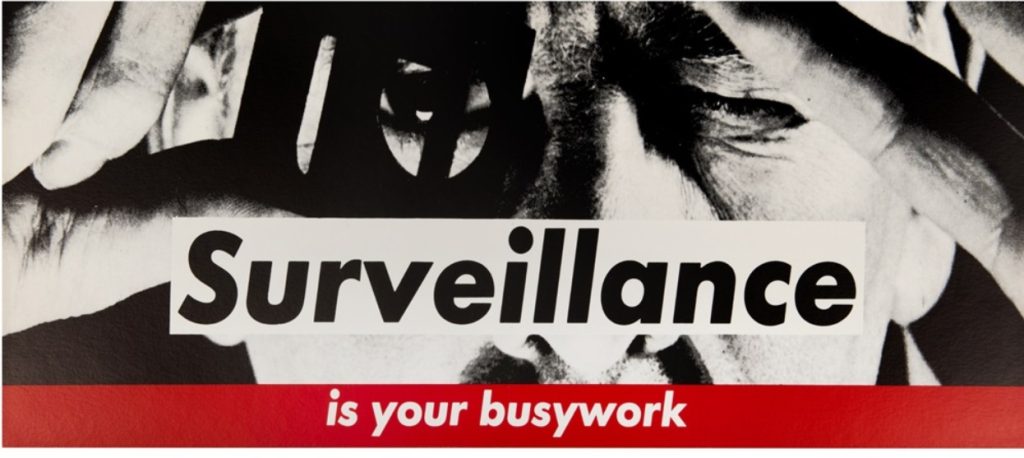
As feminist art gained popularity, Kruger’s creations surfaced, and she was linked to the feminist movement. She investigated gender, reproductive rights, and society’s expectations of women through her artwork. Kruger combines bold, declarative language with discovered pictures to create his unique style; this method, which combines fine art and graphic design elements, questions conventional ideas about art and design. Her choice of words is essential to the message rather than just a way to enhance the image.
Kruger frequently criticises the media’s role in forming cultural norms, power dynamics, and consumerism; her artwork tackles the complexity of modern society, asking spectators to reevaluate and question how they relate to consumerism and power. In popular culture, Kruger’s aesthetic has been widely copied and stolen in graphic design, fashion, and advertising. Her impact is felt outside of the art world, proving the ability of art to affect popular culture.
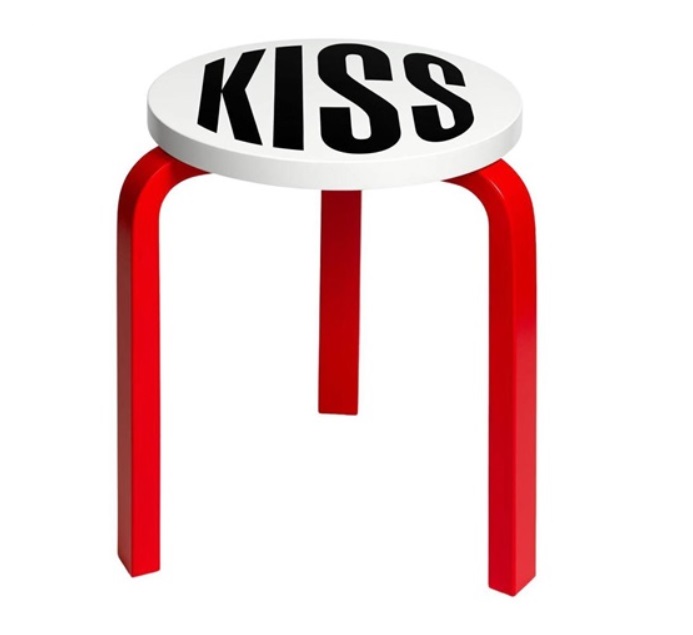
Politically charged social and political concerns are present in many of Kruger’s works. Through visual language to convey strong messages about social justice, reproductive rights, and individual agency, Kruger’s art is a kind of activism. She has produced immersive installations that immerse spectators in a multisensory experience. These artworks frequently employ the physical area to enhance the messages’ effect and create a setting that invites participation.
Barbara Kruger’s contributions to modern art are well-known and appreciated. Her artwork is housed in important collections worldwide and has been the subject of multiple solo exhibitions at esteemed institutions.
Consumerism in Barbara Kruger’s work
Barbara Kruger’s art frequently addresses consumerism and criticises the effects of consumption culture on people and society. Through his artwork, Kruger explores how consumer-driven ideology, advertising, and mass media create our identities and how we perceive the world. Kruger’s bold, declarative typography is a defining feature of her work. Through her texts, she frequently approaches the reader directly, challenging and challenging consumer-driven values with her words. For instance, Kruger subverts Descartes’ well-known philosophical dictum in her 1987 work “I Shop Therefore I Am” to highlight that consumer behaviour determines one’s value.
By utilising strategies like strong lettering, red and white colour schemes, and high-contrast photography, Kruger appropriates the visual language of advertising. By incorporating these components, she challenges viewers to reevaluate the sentiments contained in popular advertising while also satirising and supporting the visual tactics employed in consumer culture.
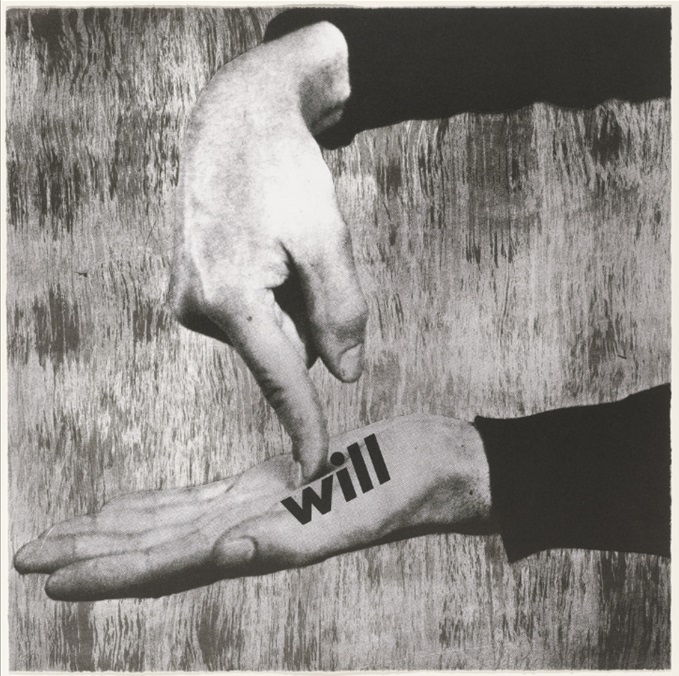
The commercialization of people by consumer culture—especially women—is a theme in Kruger’s work. She discusses the commercialization of beauty, objectification, and how advertising and consumer goods influence society’s norms and expectations. Through her artwork, Kruger challenges cultural and social narratives and how people consume goods. Her creations urge viewers to consider critically how the media shapes our goals, aspirations, and sense of self.
Large-scale text is used in several of Kruger’s installations, such as “Belief + Doubt” (2012), to create immersive worlds. She invites spectators to consider the pervasiveness of consumer culture and its influence on their perceptions and views by surrounding them with compelling messages.
Feminism in Barbara Kruger’s work
In Kruger’s artwork, conventional gender norms and expectations are frequently questioned. She explores the social standards that govern women’s behaviour and appearance, confronts stereotypes, and discusses women’s societal responsibilities. Kruger has produced art about women’s autonomy over their bodies and suitability to procreate. Her famous 1989 work, “Your body is a battleground,” was unveiled during the Women’s March on Washington for reproductive freedom. It was made to support women’s reproductive rights.
Kruger regularly criticises the objectification of women in popular culture and the media. She questions the prevalent stereotype that women are objects of desire, twisting these stories to elicit questions and resistance from viewers. Although gender is a significant element in Kruger’s artwork, other topics it tackles include race, class, and power relations. Her feminism is intersectional, acknowledging the connections between different social identities and experiences.
Breaking Barriers: Celebrating the Artistry of 11 Trailblazing American Women Artists

